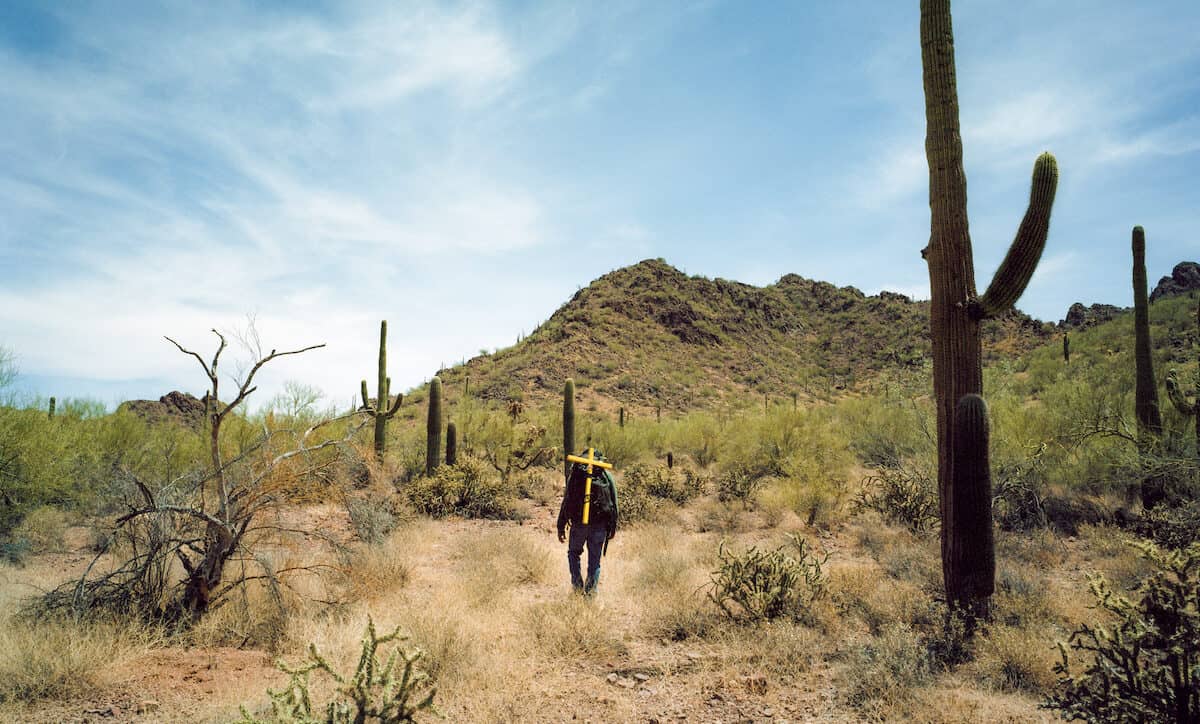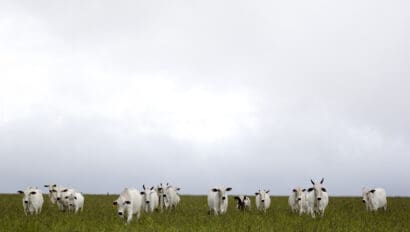Taking a Human Approach to Climate Storytelling with Yessenia Funes

Image: Carlos Jaramillo for Atmos
Yessenia Funes is an independent environmental journalist and writer. As the former Climate Director at Atmos, a magazine covering climate and cultures, she now serves as editor-at-large for the publication.
Yessenia’s writing focuses on climate justice, examining how our various ecological crises harm communities of color across the globe. She’s written for i-D, Vogue, The Guardian, Cosmopolitan, and more. During her time at Atmos, she launched The Frontline, a newsletter that created a platform for the global perspectives of those experiencing the climate crisis firsthand.
Here, Yessenia draws on her own experience as a journalist to illustrate why on-the-ground voices should be at the center of the stories we tell about climate change – and the role that brands have to play in bringing more human perspectives into their sustainability storytelling.
Climate stories don’t have to be about only science or data. They should also be about people, communities, and emotions.
Last year, I walked the desert route many immigrants cover as they cross the U.S.-Mexico border north. For years, I had covered the human rights crisis at the border from afar, always looking at the numbers and facts. Last year, I focused on the families instead by tracing a migration route to experience firsthand what the extreme heat of Arizona’s Sonoran Desert can do to the human body. Littered across the desert landscape were empty jugs of water. Thirst is what kills many on their quest to the U.S.
I attempted to put myself in their shoes to understand the feeling when you can’t escape the sun and have only your two feet to rely on. I attempted to paint a story that would help the public sympathize with the hundreds of thousands of migrants who cross the border a year — a number that the climate crisis will heighten.
I spoke to families who had lost loved ones in the desert and to the advocates who search for their bodies. I interviewed scientists who were analyzing, for the first time, the ways climate change is heating up the ecosystem and, thus, testing the temperatures the human body can withstand. The result was a personal, data-driven narrative.
Climate stories don’t have to be about only science or data. They should also be about people, communities, and emotions.
We all have the power to tell such stories. Even the private sector. Every day, companies and brands tell their own stories through the products they sell and the messaging they use. Some ignore the climate crisis entirely. Those that do pay attention often focus their efforts on reducing emissions, sourcing innovative materials, or piloting new recycling schemes. Plenty of attention is placed on the sustainability attributes of their products, but what about the people? When we talk about climate and the environment, communities on the frontlines should be front and center.
This is why in 2020 I launched The Frontline, an environmental justice newsletter published by Atmos magazine. I featured on-the-ground global perspectives of those experiencing the climate crisis first and worst. Every climate story connects back to human rights. The newsletter highlighted those links — in fashion, agriculture, education, and more.
When we talk about climate and the environment, communities on the frontlines should be front and center.
Consumers are growing interested in “sustainability,’’ but how are companies defining that? Can a product be sustainable if its assembly harms communities along the way?
We need stories that challenge the narrative of so-called green capitalism. These tales don’t have to be all heartbreak and devastation. My piece on the border, for instance, celebrated the rescuers who go out in search of migrants. The article shared my own perspective as the daughter of a young woman who once trekked through those same lands and survived.
This is the climate narrative we need: one that inspires empathy and action. The public needs to believe that their home is worth saving — and that, indeed, it can be saved. They need to see the humanity outside their borders — to remember that another’s hands produced the shirt on their back or the chair in their kitchen.
This is the climate narrative we need: one that inspires empathy and action. The public needs to believe that their home is worth saving — and that, indeed, it can be saved.
We all have a role to play. Whether companies are selling electronics, food, or new tech, their environmental goals should assess impacts on farmers, garment workers, disaster survivors, women, trans folks, gender non-conforming people. How do marketing campaigns and investor reports center those stories without exploiting them?
We are all storytellers. How brands source their products, treat their workers, and invest in their communities shape the stories they leave behind. Our work can empower those on the frontline, or it can silence them.
Words hold power. Stories shape history. After all, what is history but a set of stories society has chosen to remember?


